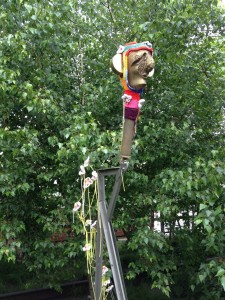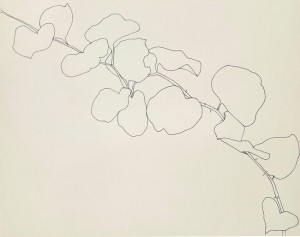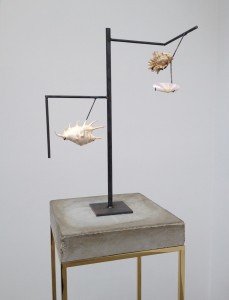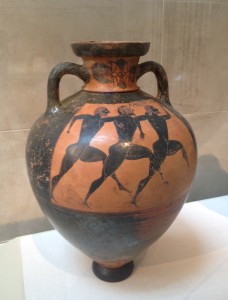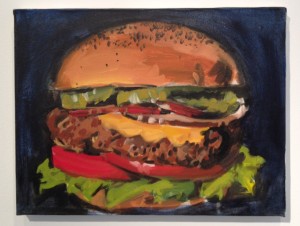
Walter Robinson’s ‘Dallas BBQ’ arouses a different kind of desire than his erotically charged paintings (resembling romance novel covers from the 60s) at Chelsea’s Haunch of Venison. ‘Here’s the beef’ this small but powerful canvas shouts as it evokes the danger of a cholesterol bomb and the pleasures of one of America’s favorite indulgences. (Through August 17th).
